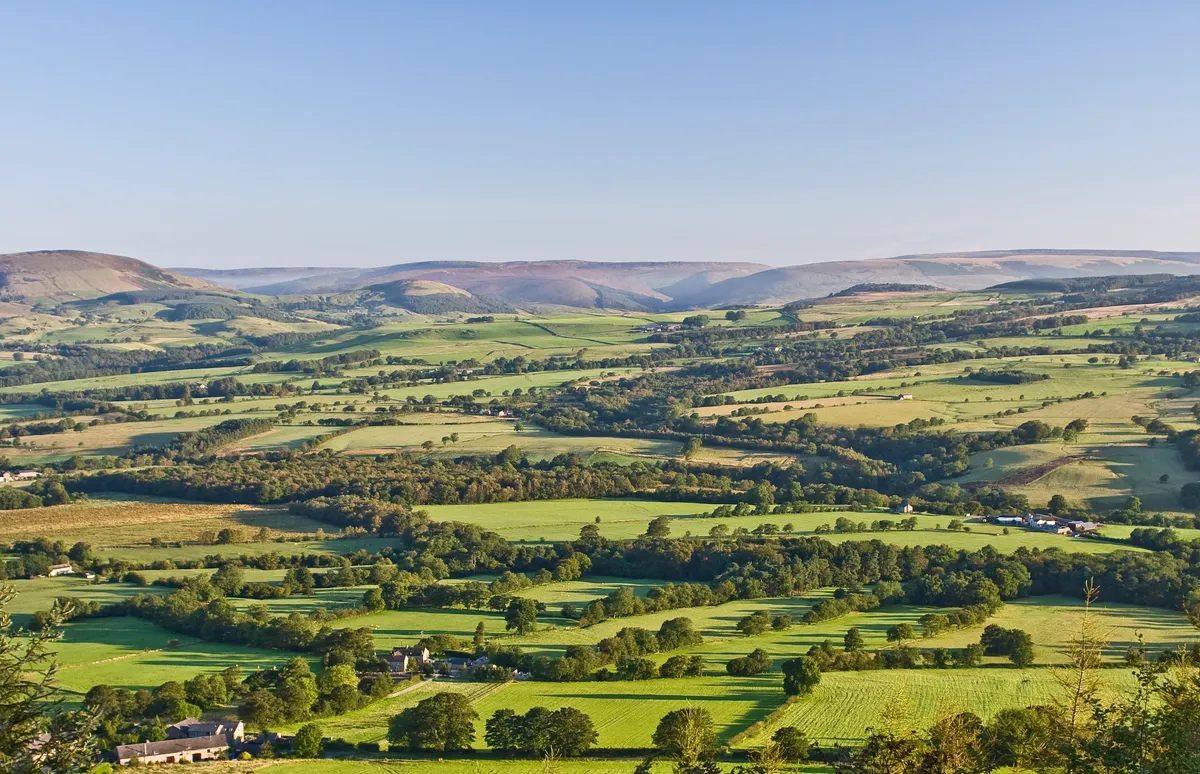Today, all Areas of Outstanding Natural Beauty (AONBs) in England and Wales are to be renamed National Landscapes. The new branding underpins an ambitious set of targets for nature that aims to restore ecosystems, provide food, store carbon, safeguard against drought and flooding, and nurture people’s health and wellbeing.
The vision of National Landscapes is to be the 'leading exemplar of how thriving, diverse communities can work with and for nature in the UK'.
The UK's 46 National Landscapes cover 14% of England, Wales and Northern Ireland, and include moorland, farmland, coast and forests. Two thirds of people in England live within 30 minutes of a National Landscape and an estimated 170 million people visit them every year.
- National Parks of the UK: history, wildlife and best walking routes
- Britain's best nature reserves for walks and wildlife

“For decades, AONB teams have convened powerful partnerships which have placed them at the forefront of the fight against climate change and biodiversity loss, but since their initial designation, our country has changed immensely, as have the needs and pressures on the environment and communities, said John Watkins, Chief Executive of the National Landscapes Association.
"However, we have great ambition as well as the commitment and readiness to care for and protect these important places, whilst also extending a welcome to more people. Our ambitious aims build on AONB teams’ long track record of successful delivery for nature and people and we are confident that we will achieve them. National Landscapes are the landscape designation for the 21st century and beyond.”

Tony Juniper, Chair of Natural England added: “For decades the AONBs have helped protect the beauty of our finest landscapes. Today though we need so much more from these wonderful places, helping us adapt to climate change, catching carbon, restoring depleted wildlife and encouraging more people outside, at the same time as producing food, sustaining local communities and enhancing historic environments.
“Modern challenges require new approaches and today marks the beginning of a new phase for our National Landscapes, as they strengthen their existing partnerships, and forge new ones that will secure in perpetuity the huge range of benefits that come from these special places.
"Big change has taken place during the past 75 years and bigger changes still can be expected during the decades ahead. Uniting the National Landscapes in this way is very welcome and spells immense opportunity and great hope for the future.”
National Landscapes' ambitious aims
The new naming of National Landscapes comes with a challenging set of aims. By 2030:
- At least 200,000 hectares of the most valuable natural areas (Sites of Special Scientific Interest or SSSIs) will be in 'favourable condition'. This equates to an area greater than the size of London.
- 100,000 hectares of wildlife-rich habitat outside of SSSIs will be created or restored. That's roughly nine times the size of Manchester.
- 36,000 hectares of woodland, which is a little smaller than the Isle of Wight, will be planted or allowed to regenerate.
- There will also be a focus on habitat restoration in a bid to protect some of our most endangered species.

Main image/credit: Wye Valley AONB
